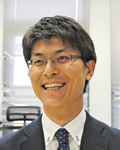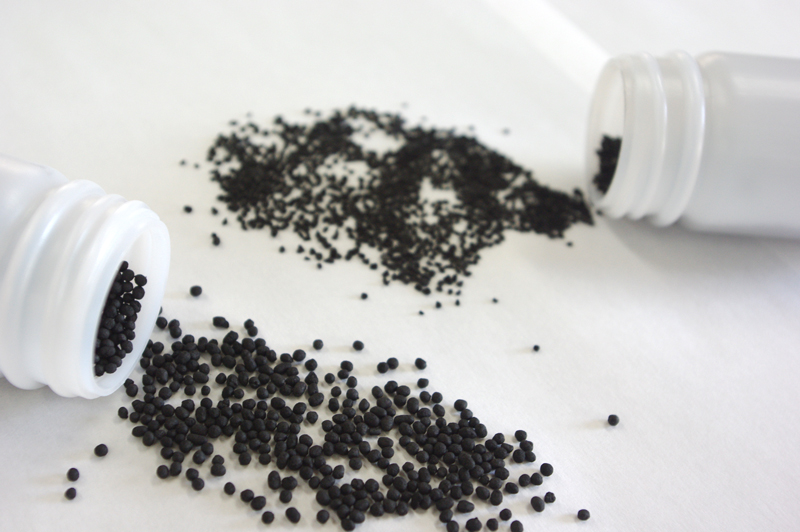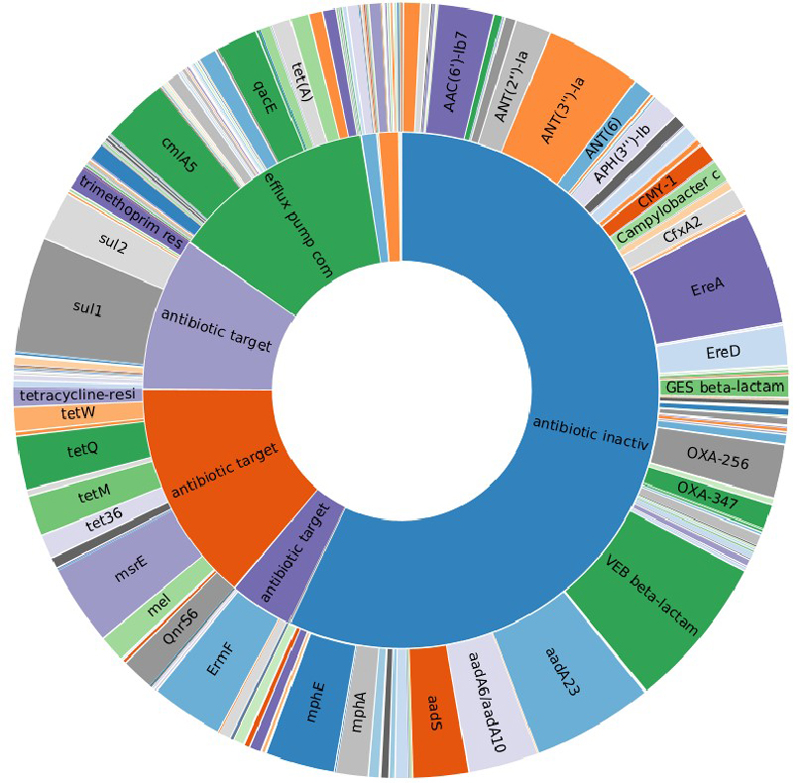- HOME
- Research
- Researcher's Profile
- Ikuro KASUGA
Researcher's Profile

- Associate Professor
- Ikuro KASUGA
- Planning for Disaster Risk Reduction
Biography
| March 2005 | PhD, Graduate School of Engineering, The University of Tokyo (UTokyo) |
|---|---|
| April 2005 | Research Resident, The Japan Foundation for Aging and Health |
| March 2006 | Research Associate, Graduate School of Engineering, UTokyo |
| April 2007 | Assistant Professor, Graduate School of Engineering, UTokyo |
| March 2013 | Lecturer, Graduate School of Engineering, UTokyo |
| April 2016 | Associate Professor, Graduate School of Engineering, UTokyo |
| April 2022 | Associate Professor, RCAST, UTokyo |
Research Interests
Water supply and water treatment in urban cities are supported by microorganisms. For example, biological activated carbon treatment has been introduced to major drinking water treatment plants in Tokyo. Sewage is basically treated by biological activated sludge system. These technologies have been established empirically and have been regarded as a black box because the structures and functions of microbial communities have not been fully elucidated. In order to deepen our understanding of biological treatment and establish efficient operation, molecular biological methods have been applied to characterize the diversity and potential of microorganisms in biological treatment. Our study revealed that novel microorganisms such as complete ammonia oxidizing microorganisms were dominant in biological activated carbon treatment and contributed to ammonia removal.
On the other hand, microorganisms are also a health risk factor for us. Due to population decline and aging of water infrastructure, the regrowth of opportunistic pathogens such as Legionella and nontuberculous mycobacteria in premise plumbing is concerned. We try to elucidate their physiology and ecology to control their regrowth. Antimicrobial-resistant bacteria (ARB) pose a global health threat, which is regarded as silent pandemic. “One Health” approach that integrates humans, livestock, and environment is important to control ARB. In developing countries where sewage treatment is not available, the release of untreated sewage results in the spread of ARB. However, compared to knowledge of ARB in human and livestock sectors, the occurrence and horizontal gene transfer of ARB in the environment remain unknown. Moreover, the surveillance scheme of ARB in the environment has not been established yet. We aim to clarify the behavior of ARB in urban water environments and water systems.

fig.1. Biological activated carbon

fig.2. Metagenomic analysis of antimicrobial resistance genes in water environment
Award
- May 2011 The JSWE Paper Award for Young Researchers
- October 2015 Japan Water Works Association, Distinguished Award
Keywords
Urban water system, Biological water treatment, Antimicrobial resistance
Educational Systems
- Department of Urban Engineering, Graduate School of Engineering

 env.t.u-tokyo.ac.jp
env.t.u-tokyo.ac.jp